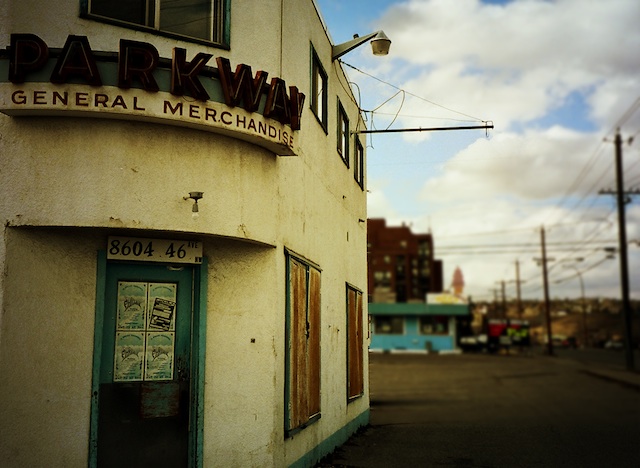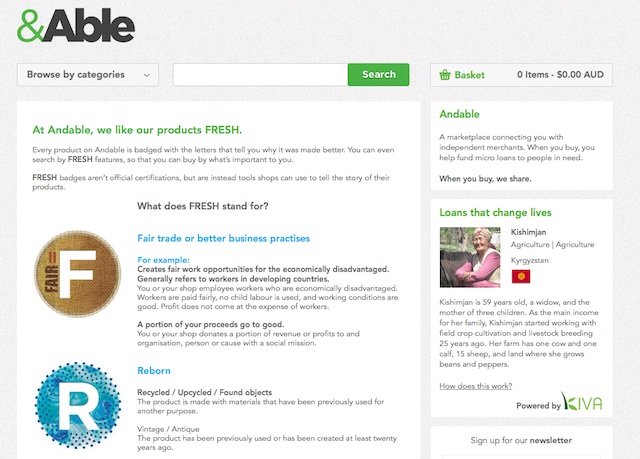The collective gnashing of cavity filled teeth over the demise of the Darrell Lea confectionery chain has given rise to some interesting commentary. If some pundits are to be believed, the lolly maker’s financial woes were due to the evil interwebs allowing Australians to buy choccies from cheap overseas suppliers.
But if you were to cross the road from Darrell Lea’s flagship Sydney shop you’d be outside one of Apple’s iconic stores that are the most profitable retail outlets on the planet – US Apple stores are 17 times more profitable on a per square foot basis than the average American retailer.
So retail can be successful. It just depends upon how it’s done and the internet has little to do with many of the retail failures we’re seeing at the moment.
Darrell Lea being absorbed into the VIP Pet Foods empire has a lot of lessons about retail but they are more about service and the failure to move out of the Twentieth Century, particularly when new competitors like Haigh’s and multinationals like Lindt are entering the marketplace.
Service is an integral part of this story. While the service at Darrell Lea stores wasn’t terrible it also wasn’t particularly notable and neither was the value of many of the products, leaving the customer underwhelmed.
A similar story of poor service is behind the failure of the Allans Billy Hyde chains – the comments on the Smart Company story about the music stores’ collapse indicate how customers found service lacking while the prices and range were ordinary. There was no real reason to shop there.
The business models of Darrell Lea and Allans Billy Hyde are locked into a 1980s way of doing business where one or two chains dominate a segment and attempt to charge duopoly prices while exercising their market power to screw suppliers.
A duopoly model works for Woolworths and Coles simply because of their scale. If you’re a smaller chain selling non-essential, non-perishable goods then customers will either not buy them or find better deals and service offshore.
Staff, of course, are a nuisance – after all they only serve customers and customers don’t matter when you have the market locked up – so staff are treated as a cost to be ruthlessly minimised while being paid the minimum that the well-paid management can get away with.
That contempt for retail staff is exacerbated by management’s reluctance to train them, which locks the stores into a downward service spiral as knowledgeable and experienced shop assistants find a job where their skills are valued.
Despite the scorn poured on Apple’s staff training policies, the core of their retail success is that you will get a passionate, knowledgeable person helping you at one of their stores while their competitors will leave you wandering the aisles unless they think there’s a fat commission to be had.
This contempt for suppliers, staff and customers is the real malaise for Australian retail and it’s an opportunity for smart new entrants into the marketplace.
While many of those new entrants might be online, the ecommerce side has little to do with the fundamental problems of lousy service and overpriced products.
Interestingly, while Darrell Lea had an online strategy, the new owner doesn’t. Any customer visiting the VIP Pet Foods site has no chance of finding where they can buy the products, let alone order them through the website.
While it would be nice to know where you can buy their products, the owners of VIP probably don’t care as their business model is based upon distributing their products to retailers and those stores can do their own advertising.
So retail still matters and the high hopes we had in the late 1990s that ecommerce would drive the middle man out of business was just as wrong-headed as the old-school managements of our dying retailers.
Similar posts:





